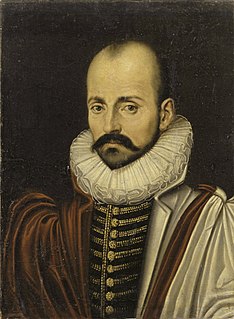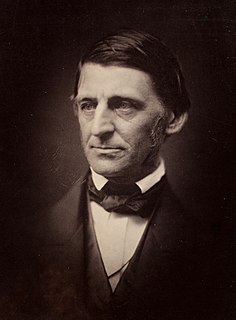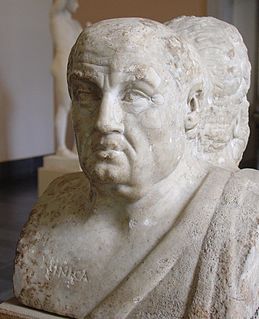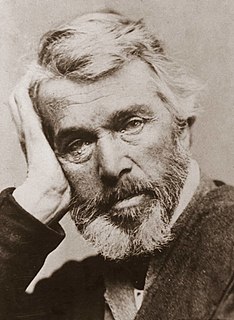A Quote by Blaise Pascal
A few rules include all that is necessary for the perfection of the definitions, the axioms, and the demonstrations, and consequently of the entire method of the geometrical proofs of the
art of persuading.
Related Quotes
The development of mathematics toward greater precision has led, as is well known, to the formalization of large tracts of it, so that one can prove any theorem using nothing but a few mechanical rules... One might therefore conjecture that these axioms and rules of inference are sufficient to decide any mathematical question that can at all be formally expressed in these systems. It will be shown below that this is not the case, that on the contrary there are in the two systems mentioned relatively simple problems in the theory of integers that cannot be decided on the basis of the axioms.
When a truth is necessary, the reason for it can be found by analysis, that is, by resolving it into simpler ideas and truths until the primary ones are reached. It is this way that in mathematics speculative theorems and practical canons are reduced by analysis to definitions, axioms and postulates.
In this science the illustrations and examples are not confined in their effect merely to the practice they afford in the analytical art, but [...] they also store the mind with independent geometrical and physical knowledge. Besides, it should be considered, that the only effectual method of impressing abstract formulae and rules upon the memory, and, indeed, of making them fully and clearly apprehended by the understanding, is by examples of their practical application.
Art. Its definitions are legion, its meanings multitudinous, its importance often debated. But amid the many contradictory definitions of art, one has always stood the test of time, from the Upanishads in the East, to Michelangelo in the West: art is the perception and depiction of the sublime, the transcendent, the beautiful, the spiritual.
Psychoanalysis cannot be considered a method of education if by education we mean the topiary art of clipping a tree into a beautiful artificial shape. But those who have a higher conception of education will prize most the method of cultivating a tree so that it fulfils to perfection its own natural conditions of growth.
In the times in which we live it is far too restricting to say that art can only be found in art galleries and not touch people's everyday lives. I want to use any means that are necessary to communicate with people what I feel about things. There are no rules. And if there are rules, then you may as well break them.
An axiomatic system comprises axioms and theorems and requires a certain amount of hand-eye coordination before it works. A formal system comprises an explicit list of symbols, an explicit set of rules governing their cohabitation, an explicit list of axioms, and, above all, an explicit list of rules explicitly governing the steps that the mathematician may take in going from assumptions to conclusions. No appeal to meaning nor to intuition. Symbols lose their referential powers; inferences become mechanical.
There are and can be only two ways of searching into and discovering truth. The one flies from the senses and particulars to the most general axioms, and from these principles, the truth of which it takes for settled and immovable, proceeds to judgment and to the discovery of middle axioms. And this way is now in fashion. The other derives axioms from the senses and particulars, rising by a gradual and unbroken ascent, so that it arrives at the most general axioms last of all. This is the true way, but as yet untried.
